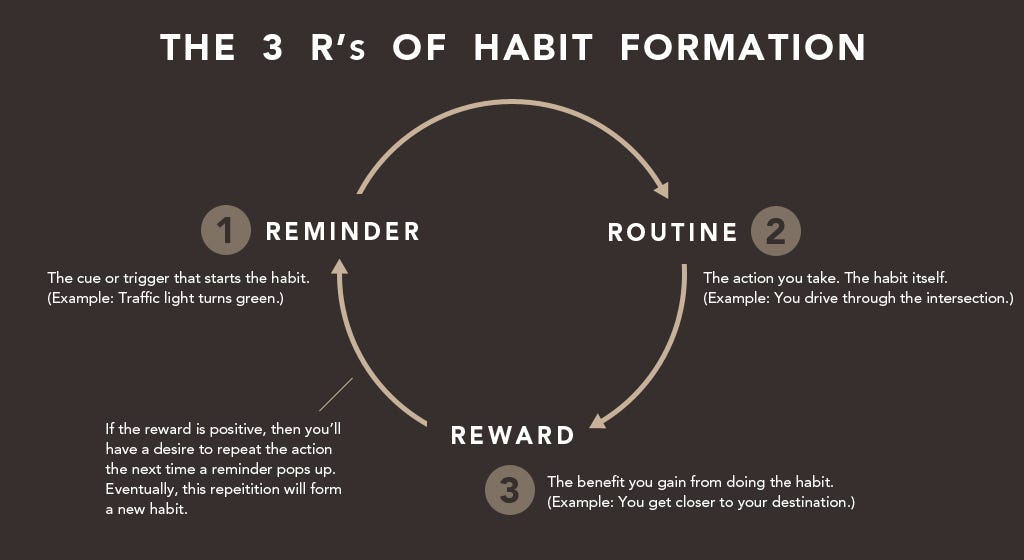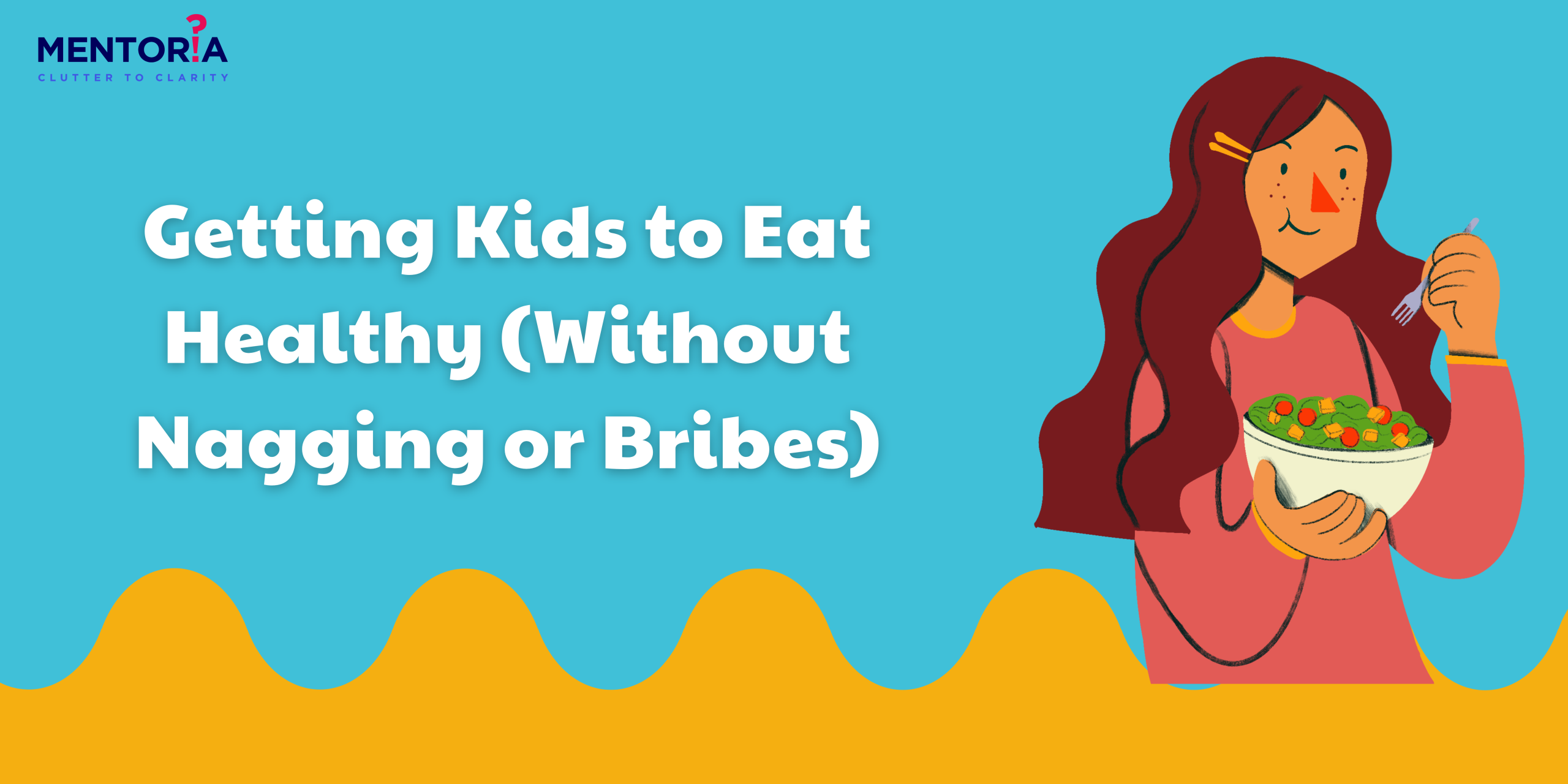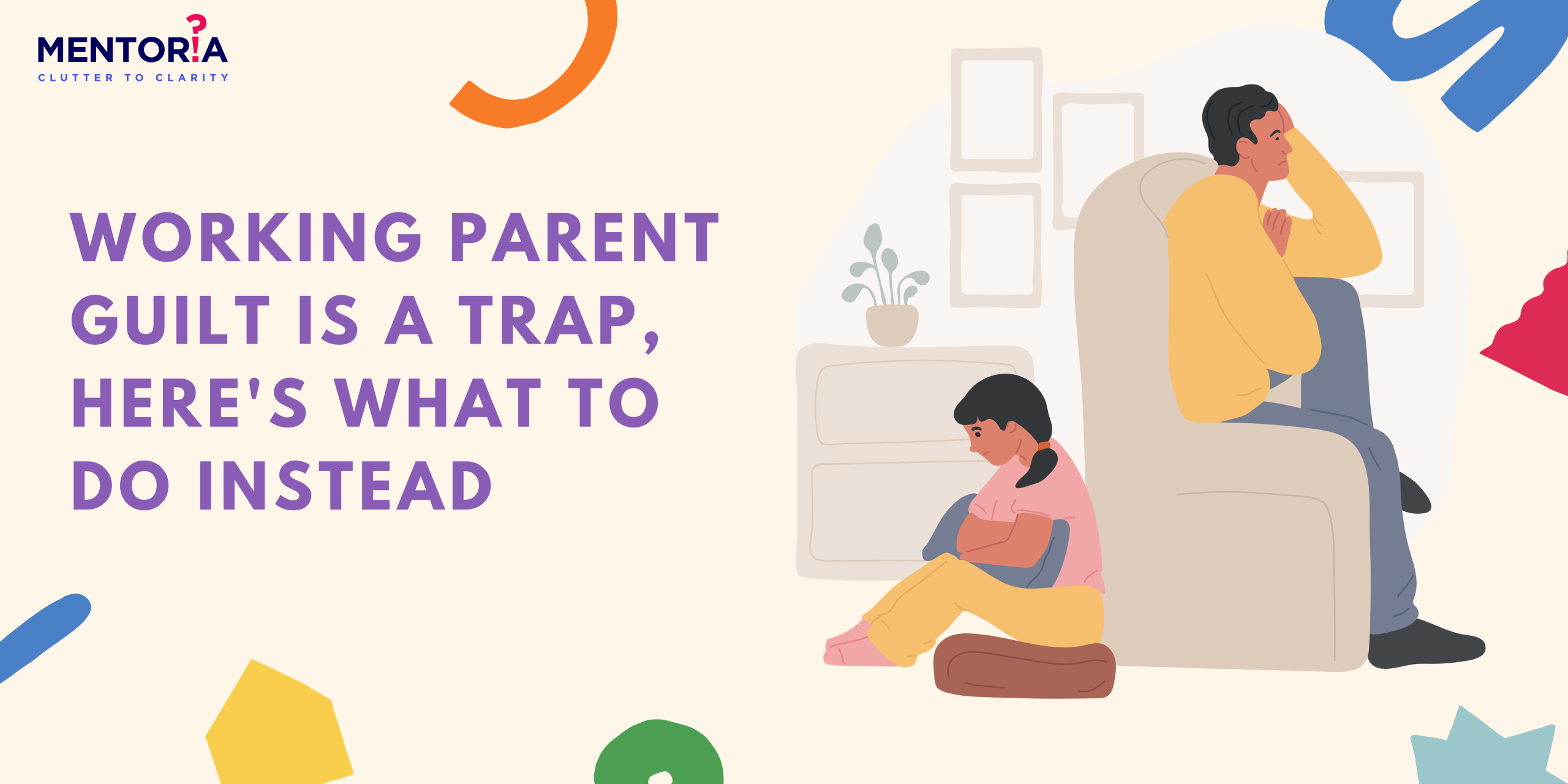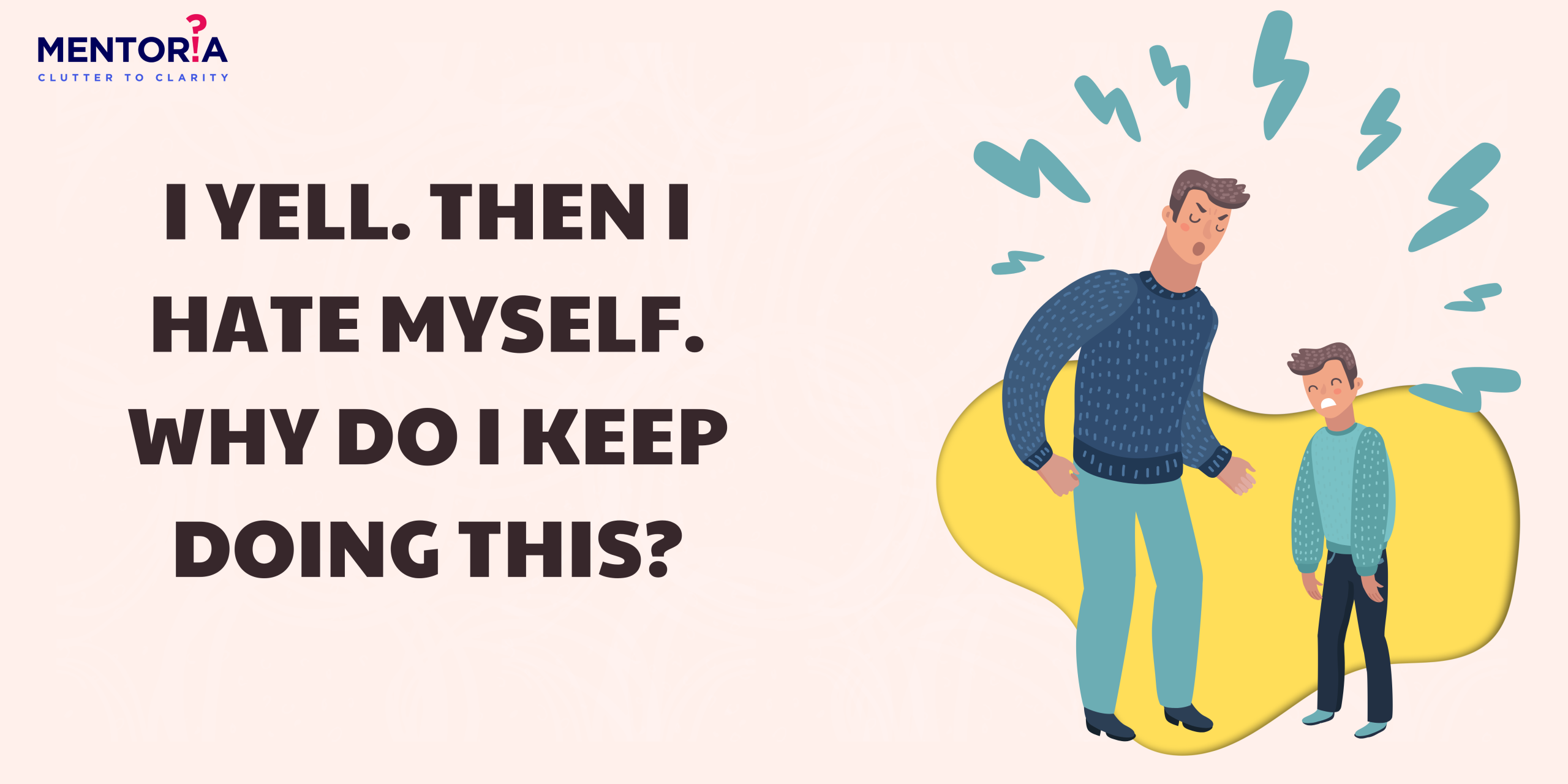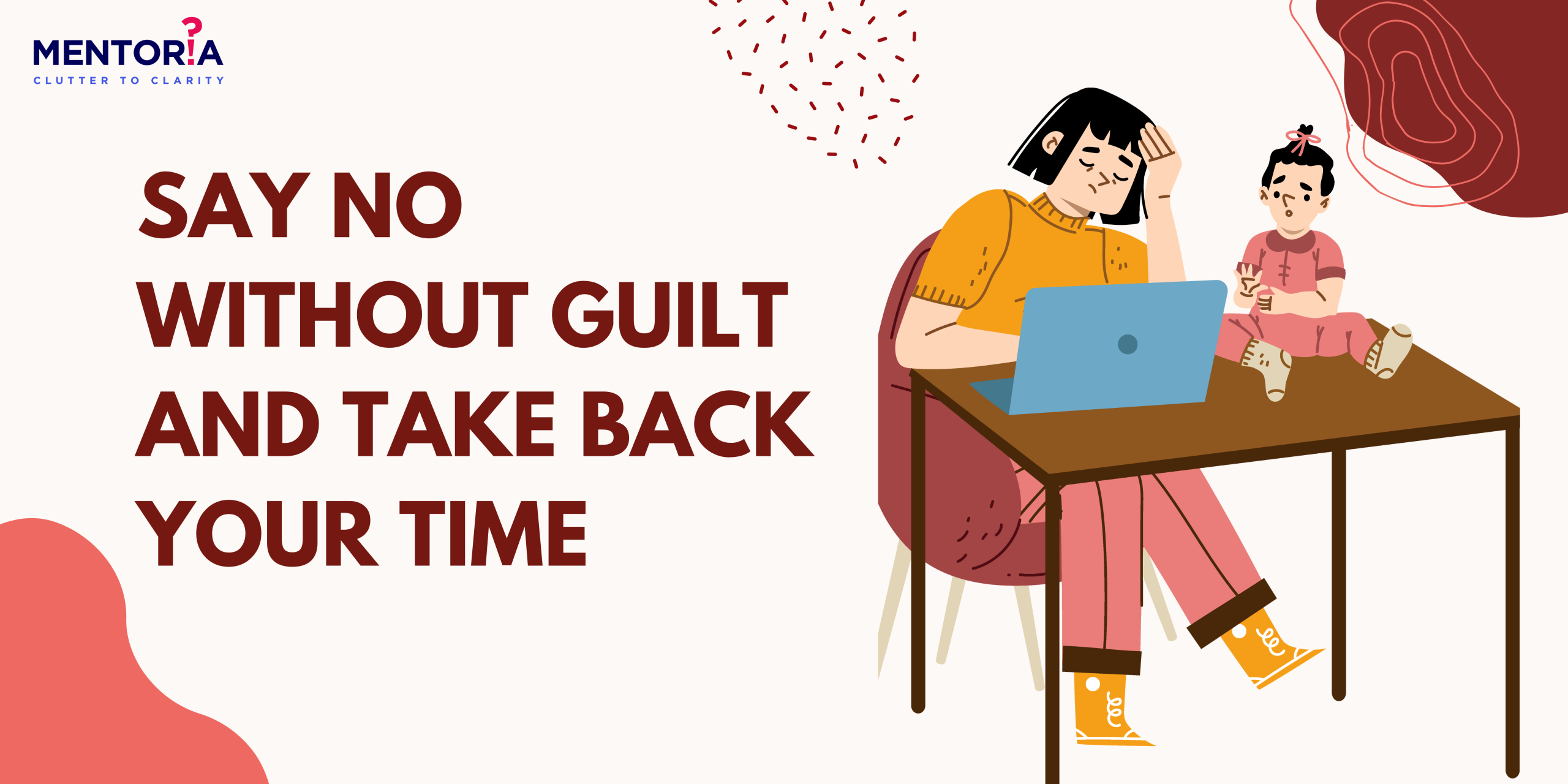Screen Time Battles? Here’s How to Actually Help Your Child (and Yourself)

Your child zones out in front of a screen. You call their name and no response. You try again, louder this time. Still nothing.
And just when you finally unplug the device, the tantrum begins. Sound familiar?
We’re not here to guilt you about screen time. You already know the stats. What you need is a way out and without shouting matches or hiding the tablet in the cupboard.
Let’s talk about screen addiction in children, what’s really going on, and what you can actually do.
First, Why Screens Are So Addictive (It’s Not Just Laziness)
Screens trigger the same reward centres in the brain as sugar or slot machines. Every scroll, level-up, or YouTube autoplay gives your child a tiny dopamine hit, and their developing brain gets used to that stimulation.
As psychologist Dr. Victoria Dunckley puts it: “Electronic screen exposure can overstimulate and dysregulate the developing nervous system, and most importantly, it’s not just a habit. It’s a biological shift.”
So if your child’s reacting like it’s the end of the world when you turn it off, their brain may actually feel like it is.
But there’s good news: Habits can be rewired. And here’s how.
What Actually Works: The Four-Part Reset Plan
-
Use the 3Rs: Replace, Reduce, Routine
-
Replace: Don’t just say “No screen.” Offer a screen-free alternative that’s engaging. (Drawing, gardening, Lego, cooking with you — even better if it’s sensory or movement-based.)
-
Reduce: Start with 15-minute reductions. Use a visual timer. Give them a heads-up — “Screen’s going off in 5 minutes” helps avoid the “abrupt shutdown” meltdown.
-
Routine: Make screen time predictable. E.g., 30 minutes after homework. Kids feel more in control when they know what to expect.
-
Add a Pause Between Trigger & Habit
Habit expert James Clear talks about the “cue–craving–response–reward” loop. The goal is not to eliminate it, but to insert friction.
Try:
-
“Before screen time, you need 15 mins of reading or playing outside.”
-
“After screen time, you need to help set the table.”
This breaks the autopilot and rewires the routine.
-
Create ‘Boredom Baskets’
Boredom is not the enemy, it’s the gateway to creativity. But it helps to give it structure.
Use a “Boredom Basket” with screen-free options:
Colouring book, puzzles, clay, string art, old photo albums, sticker books.
Let them pick what goes inside. Ownership increases buy-in.
-
Don’t Demonise Screens, Just Redefine Their Place
Instead of “Screens are bad,” try:
“Screens are fun. But our brain needs other kinds of fun too, with our hands, with people, and with nature.”
This reframing creates balance, not shame. And when kids feel respected, they’re more likely to cooperate.
One-Week Starter Plan
-
Day 1–2: Introduce the “replacement” activity right after screen time
-
Day 3–4: Shorten screen time by 10–15 mins, with a timer and a heads-up
-
Day 5–6: Let them pick a non-screen family activity
-
Day 7: Try a 2-hour screen-free window — and celebrate it.
Final Thought
This isn’t about perfect parenting. It’s about intentional parenting.
You don’t need to ban screens. You just need to show your child they’re not the only source of fun, calm or reward. That’s how long-term habits shift.
Want more resources, real parent hacks, and no-judgement advice? Share your story — someone out there needs to feel less alone.


